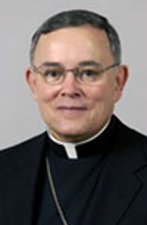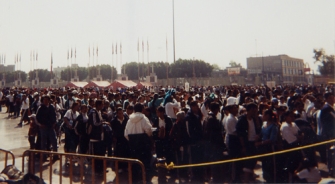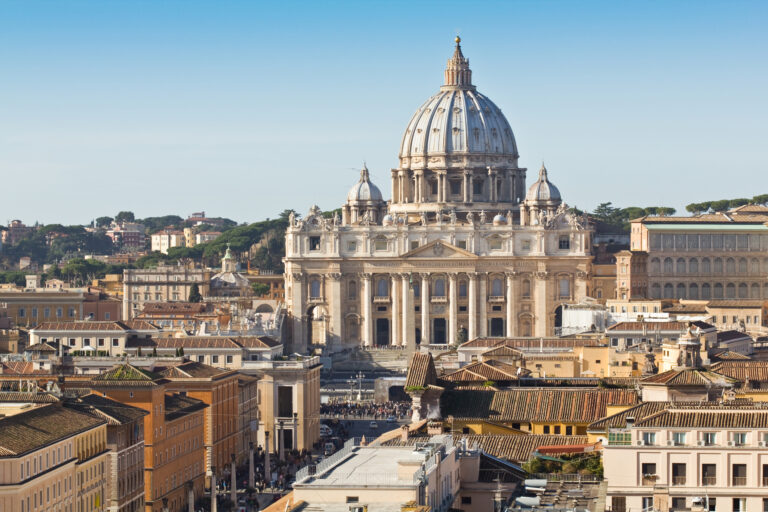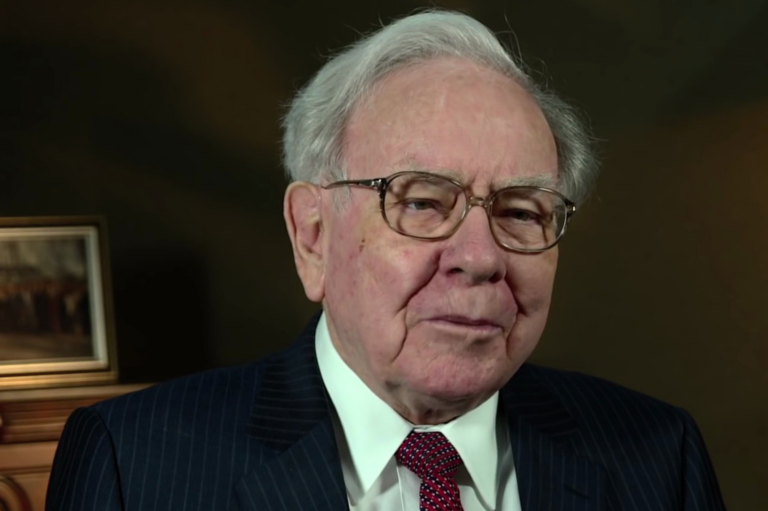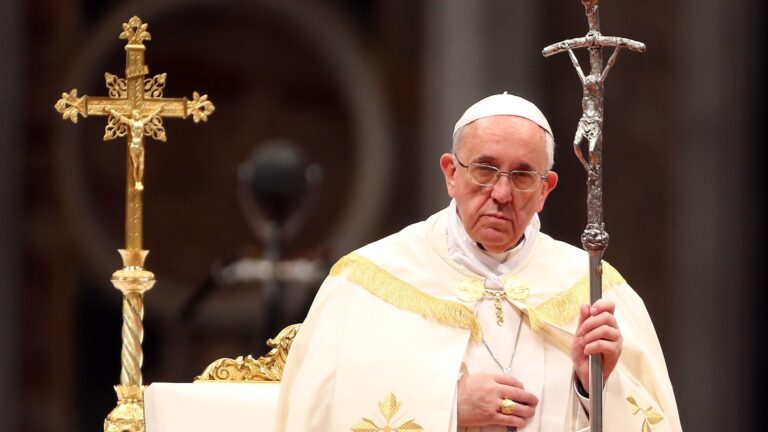2 October 2007 Vol. 9 / No. 36
U.S. Bishops issue a new CALL to Latinos
More than 30 Catholic Latino businessmen and professionals from around the country gathered on 7 to 9 September in the Archdiocese of Denver for the third Catholic Latino Leadership Conference. The creation of the Catholic Association of Latino Leaders (CALL) was announced at the meeting, in response to the need identified by U.S. Bishops for ongoing dialog with Catholic Latino leaders. “Driven by our love for the Church and Her mission, within the context of our culture, and in communion with the bishops,” the members of CALL committed themselves to being a national voice for Catholic Latino business and professional leaders.
During the Conference, Archbishop Chaput spoke on the way the American Catholic population is changing, saying, “The American landscape has changed… Demography is destiny. In the future, Hispanic Catholics will have a very serious influence on the direction of American society. And this is why I believe it’s time for Hispanics in general, and Hispanic leadership in particular, to take up the role that they deserve, and which they’ve earned, in the mission of the Church.”
Archbishop Charles J. Chaput,
Archdiocese of Denver
Growing numbers
John Paul II often said that the Hispanic presence in the United States was not a problem or a risk, not menace in any sense, but rather a gift of the Lord, a blessing, and above all a privileged opportunity to the Catholic Church. No one can any longer ignore the tremendous importance of the Hispanic population in the USA. Demographics are clear on the topic. The Census Bureau points out that there are almost 43 million “Latinos” in the U.S., 26 million of them of Mexican origins, representing about 15 percent of the total population. In 2025 there could be 66 million and by 2050 one-fourth to one-third of the American people could have Hispanic roots.
The Hispanic presence is skyrocketing in the U.S. due to two reasons. Legally or not, more than 500,000 persons immigrate every year mainly from Mexico, Central America and the Caribbean. Another one-half million failed in this attempt.
A second reason is the higher fertility rates of Hispanics. A significant part of the population growth in this country is because of the many Latino babies. By 2010, 8 of the 13.5 million Hispanic families will have parents under 45 years old representing an important young population sector. Hispanic presence in the economy of the United States is even more impressive. The Hispanic market is growing as fast as its community.
According to the Selig Center, Hispanics are 15 percent of the labor force with the buying capacity of 8.1 percent of the whole USA. Before 2010 this segment is expected to increase by almost 50 percent while the rest of the population is expected to increase by only 28 percent. More than a million U.S. companies have Hispanic owners. Another fact not seen with indifference for American bankers are the $54 billion Hispanics sent to their relatives living in their original countries in 2005, according to the Interamerican Development Bank. These remittances are the second source of national income in Mexico only after the oil industry. Finally, the American society and mass media are more concerned about the Hispanic population and its expressions in arts, cuisine, politics, music, sports or social issues.
The influx of Latin immigrants into the United States offers a unique opportunity for growth within the Catholic Church in America.
“Demographics is destiny”
But our look into the Hispanic community’s current and potential presence in the U.S. cannot be limited to the economic role, as if the Hispanic community were no more than consumers. As they take up leadership roles, their cultural and religious influences have the potential to impact the national character.
72 percent of Hispanics in U.S. say they are Catholic. They now comprise 39 percent of the Catholic Church in the U.S., growing to 50 percent in 2020, and 86 percent by 2050. So the Catholic Hispanic in the U.S. has a tremendous responsibility. It is a clear call to renew the lifestyle, the spirit of the nation and its international role. It is at the same time a challenge and a mission.
A CALL for Latinos
The mission of the new organization will be to impact the national dialog and contribute to the mission of the Church by identifying initiatives important to the building up of the Catholic community and if appropriate, supporting them in accordance with the bishops. Archbishop Gomez said during his remarks that “we might be tempted on some level to feel that somehow we must prove that we are real Americans. We might feel subtle pressures to blend in, to assimilate, to downplay our heritage and our distinctive identities as Catholics and Hispanics.”
“I believe that in God’s plan,” he added, “the new Hispanic presence is for the purpose of our country’s spiritual renewal. To restore the promise of America’s youth. The noble ideals of our country’s beginnings. In this renewed encounter with Hispanic faith and culture, I believe God wants America to rediscover values it has lost sight of—the importance of religion, family, friendship, community, and the culture of life.”
“So I urge you friends: Do not forget where you came from or who you are! Do not forget Jesus. Do not forget the Church.”
Carlos Polo is the Director of PRI’s Latin American offices.


